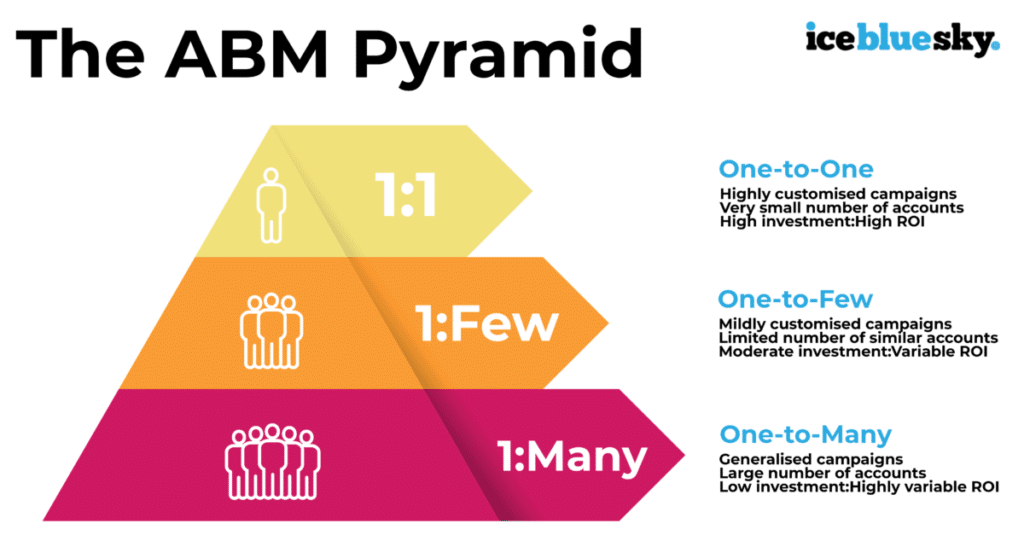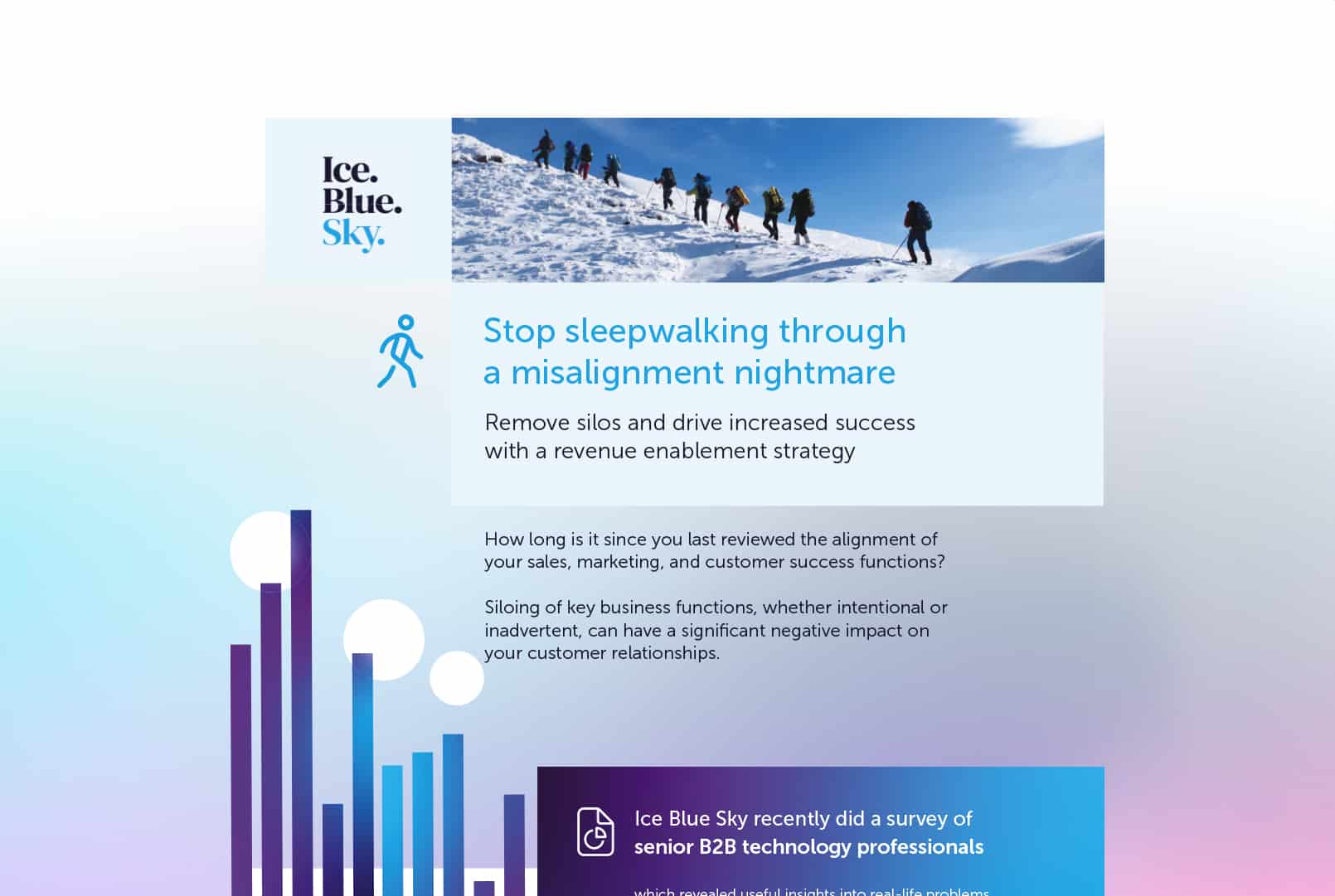We’ve got an ABM analogy for you here, humour us a moment…
You arrive back at your desk after lunch to find a colossal bunch of flowers has been delivered just for you – a thank you from a new client, how lovely!
The flowers are beautiful, the arrangement is exquisite, and the scent of fresh lilies has already filled the office. But, there’s a problem… you have terrible hayfever and will spend your afternoon meetings struggling to hide a runny nose and puffy eyes, ideal!
It’s not that you aren’t grateful for the gesture, and for the effort your client went to. After all, they are brand new and couldn’t have known about your absolutely chronic allergies. But really, it was a waste of their time and money as their gift is completely unsuitable for your needs.
Okay, we know this isn’t the typical kind of drama most marketeers would expect to find on return from lunch… but our analogy above highlights the downside of One-to-Many marketing. That of marketing your solution to a high volume of target accounts using limited information about them.
That’s not to say that One-to-Many doesn’t have a time and a place, after all, most people do love flowers. But taking the time to learn more about your target accounts, discovering their challenges and pain-points, will pay dividends in the long run as you can show them how your solution will practically make their work do itself, before it cooks them a three-course dinner and even does the dishes!
If your current marketing strategy is focused on One-to-Many marketing, ask yourself, are you seeing the ROI you hoped for?
How many of your attempts to contact your target accounts end in disappointing unsubscribe emails? How much time does your team spend making endless rounds of client edits on campaigns that were supposed to be “one size fits all”?
Perhaps it’s time to give One-to-Few a try?
One-to-Few (or ABM Lite) is the process of investing more heavily in creating mildly customised content for a small number of similar target accounts. These accounts may have similar strategies, challenges, profiles, or other imperatives which unite them, allowing your team to engage them through clever targeting – and, ultimately, produce marketing campaigns that provide some serious ROI.
For One-to-Few to work, it is essential that you have cohesive sales and marketing teams who can collaborate and, more importantly, can agree on vital elements such as which accounts to target, what issues to focus on, and how to customise existing content.
For the visual learners out there, here’s a diagram comparing the three types of marketing:

What’s Next?
After all the blood, sweat and tears that go into creating and executing a marketing strategy, we know how painful it can feel to change tack, even though it’s always worth it in the long run. Why don’t you let us help?
With over 13 years of experience in all kinds of ABM, including One-to-few, we’re happy to help you refresh and realign your marketing practices, just drop us a line!






